Norway is charging ahead of the U.S., on track to phase out all diesel and gas cars by 2025. What’s holding America back? #WeCanSolveThis #YEARSproject
Category: transportation – Page 511
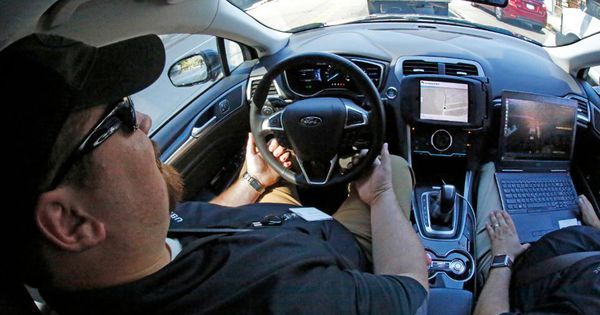
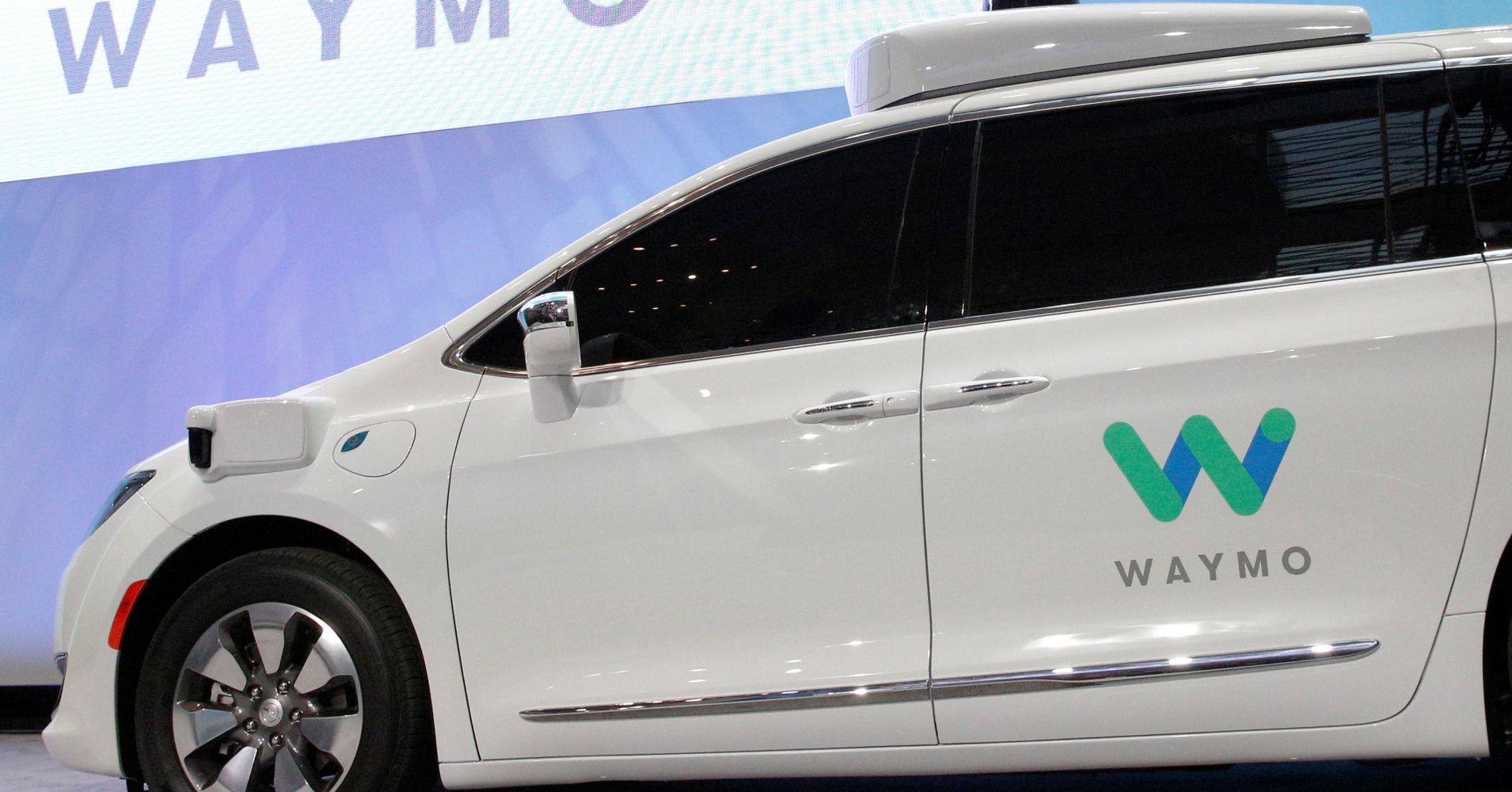
Waymo strikes deals with Walmart, others to boost access to self-driving cars
Why cant they just put the groceries in the car and let it drive itself there and back.
In partnerships with five companies, including Walmart, Autonation and Avis, Waymo autonomous vehicles will pick up customers and drive them to various locations in the Phoenix area. In some cases, customers will be offered savings or deals in order to be shuttled around in Waymo vehicles.
“We’ve tailored our partnerships to meet the top rider needs; in fact, the partnerships below represent eight of the top ten activities our riders do when they get in a Waymo,” the company wrote in a blog post announcing the partnerships.
Here are the company specific rides Waymo will be providing customers:
Zephyr plane looking to stay airborne for 120 days in a row
Airbus aims to keep this plane aloft for four months at a time…
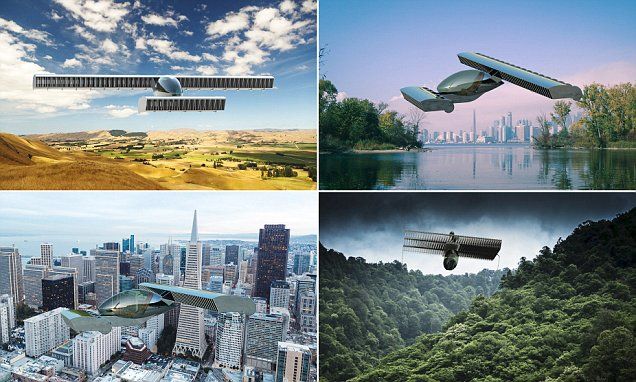
Incredible flying car concept soars silently through the air and can take off and land anywhere
Design firm Volerian recently displayed its concept for a vertical takeoff and landing (VTOL) vehicle at the recent Farnborough International Airshow 2018.
Volerian says its propulsion system can be used in most situations where a propeller or fan would normally be used.
This applies to both conventional and VTOL propulsion and to large and small aircraft.
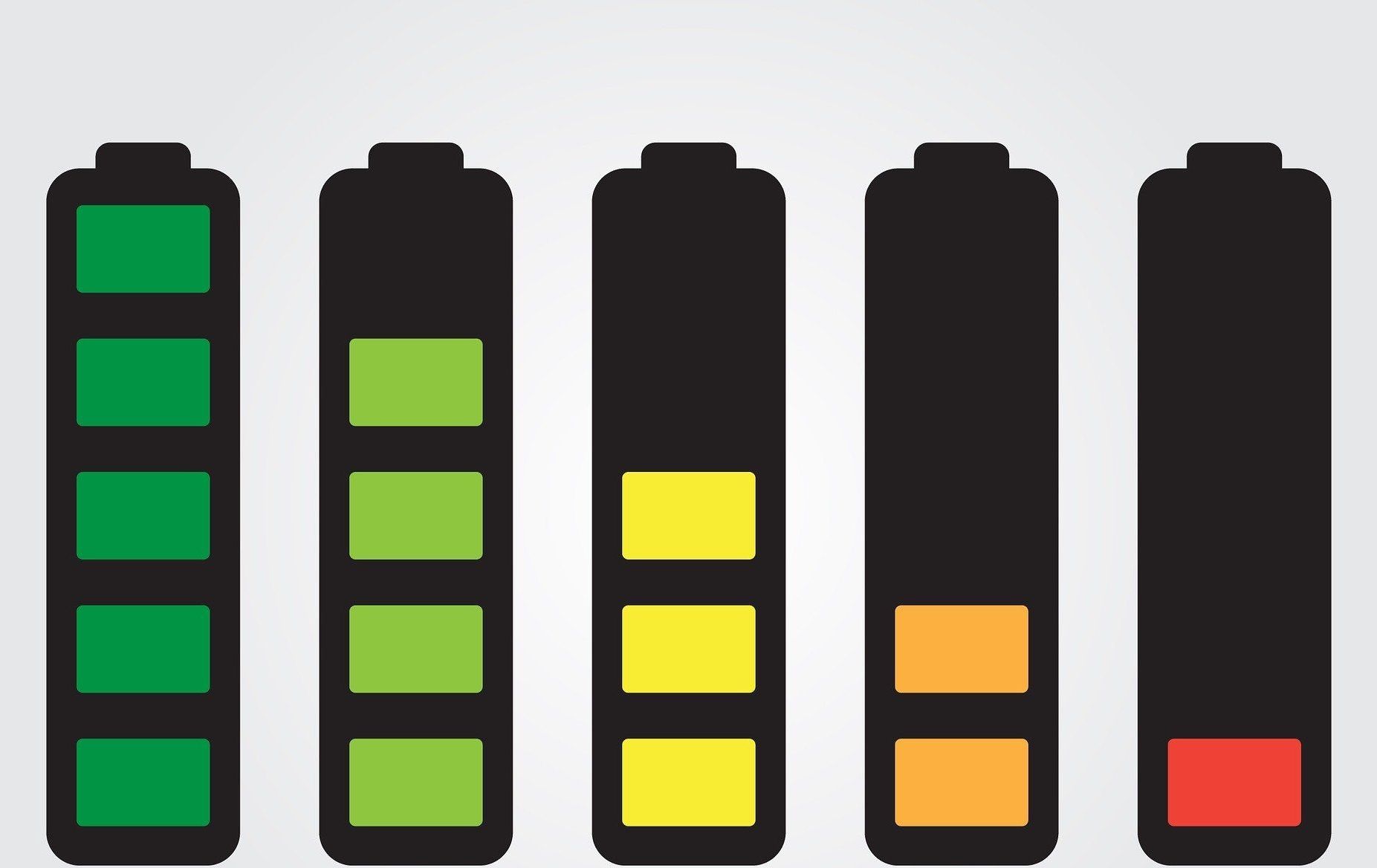
New class of materials could be used to make batteries that charge faster
Researchers have identified a group of materials that could be used to make even higher power batteries. The researchers, from the University of Cambridge, used materials with a complex crystalline structure and found that lithium ions move through them at rates that far exceed those of typical electrode materials, which equates to a much faster-charging battery.
Although these materials, known as niobium tungsten oxides, do not result in higher energy densities when used under typical cycling rates, they come into their own for fast charging applications. Additionally, their physical structure and chemical behaviour give researchers a valuable insight into how a safe, super-fast charging battery could be constructed, and suggest that the solution to next-generation batteries may come from unconventional materials. The results are reported in the journal Nature.
Many of the technologies we use every day have been getting smaller, faster and cheaper each year—with the notable exception of batteries. Apart from the possibility of a smartphone which could be fully charged in minutes, the challenges associated with making a better battery are holding back the widespread adoption of two major clean technologies: electric cars and grid-scale storage for solar power.
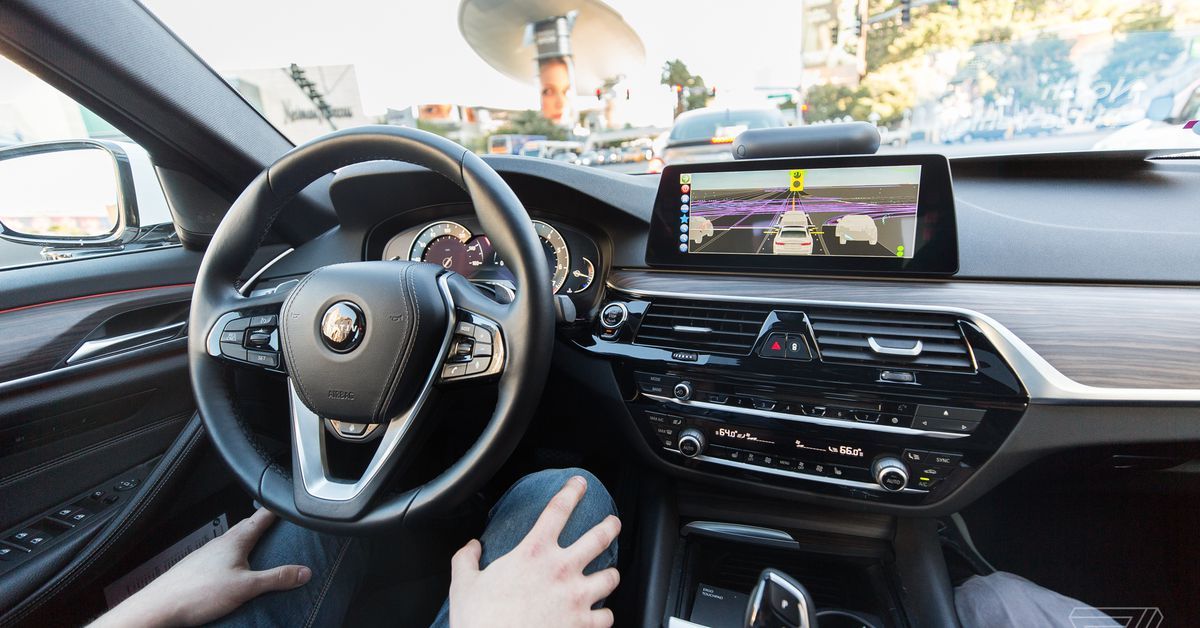
Segway’s autonomous security robots fight crime
Segway is using robots to fight crime 🤖👮😮.

Novel membrane advances low-cost, grid-scale energy storage
Oak Ridge National Laboratory scientists have developed a crucial component for a new kind of low-cost stationary battery system utilizing common materials and designed for grid-scale electricity storage.
Large, economical electricity storage systems can benefit the nation’s grid in numerous ways: balancing loads between peak and off-peak demand times; supplying energy during outages; storing electricity from fluctuating sources like wind and solar power; and accommodating extreme fast charging of electric vehicles.
The grid chiefly relies on hydropower facilities for energy storage, although stationary systems using lithium-ion batteries are increasing. However, lithium is expensive and mostly sourced from countries outside the United States.
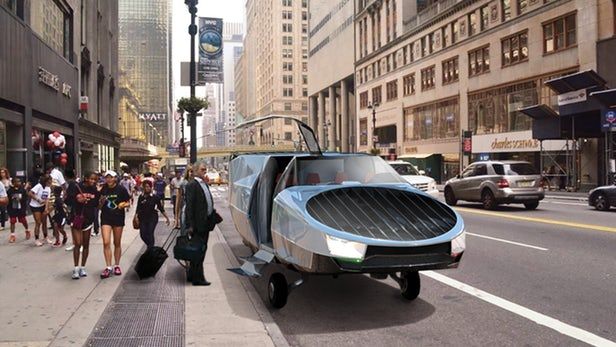
CityHawk eVTOL flying car entering “full-scale development”
Israel’s Urban Aeronautics (UA) has announced it’s going into full-scale development of its CityHawk VTOL flying car. The first manned flights of this hybrid-powered, 170 mph six-seater will take place in 2021–22, after which it’ll be converted to run on hydrogen fuel cells.